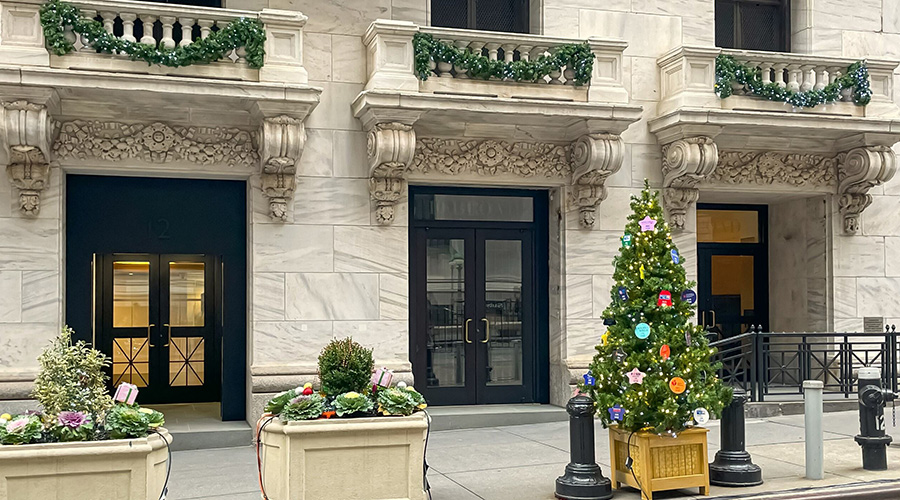Door Hardware: Important Technology Advances
Door hardware components are central elements in providing smooth access for visitors to and occupants of institutional and commercial facilities. But these components — including handles, locks, closers, and operators — also play a large role in enhancing facility security.
Among the key challenges for maintenance and engineering managers specifying door hardware is staying abreast of advances in door hardware products and making cost-effective product decisions. Achieving those two goals can go a long way in helping managers develop installation strategies designed to provide safer and more secure facilities.
Technology on the Move
Door hardware manufacturers have upgraded existing products and introduced new offerings in an effort to meet the evolving needs of institutional and commercial facilities. Among the most important advances related to key products are these:
Handles. Some popular lever-handle options are polished brass, bronze, nickel, and steel, as well as left-handed and right-handed. Managers specifying handles must be sure to match the “hand” of the handle with the hand of the door. This selection can be an issue when changing from a knob to a lever handle to comply with access guidelines for gripping force under the Americans with Disabilities Act (ADA).
Locks. Many new locks have a reset key for quickly rekeying a lock. They also have improved pick- and bump-resistant designs. Installers traditionally have rekeyed older locks using a special tool inserted into a hole in the cylinder, which requires an extra step and takes more time. With the newer designs, installers only need the reset key to rekey the lock in a few seconds.
Closers. New closers have mounting plates that match the existing mounting holes left in the door and frame where the old closer and closer bar were installed — in many cases, even if they are not the same brand. This feature makes installation easier and eliminates unsightly holes remaining after installing the new closer.
Installers can adjust latch and sweep speeds, as well as back-check, by using one Allen wrench to optimize access and security. For example, they can optimize the sweep-speed adjustment to allow reasonable time for entry while allowing the door to close quickly enough to discourage unauthorized entry.
Operators. Another technology advance relates to improved roll-up and track-operated, sliding overhead-door operators. While conventional operators are mechanically controlled, relay-based systems, new technology offers advanced, programmable, printed circuit-board controls with wireless radio-transmitter actuators. Each unit uses its own frequency for optimum security. Installers can custom-program them for open and close time and stop functions.
Related Topics:














